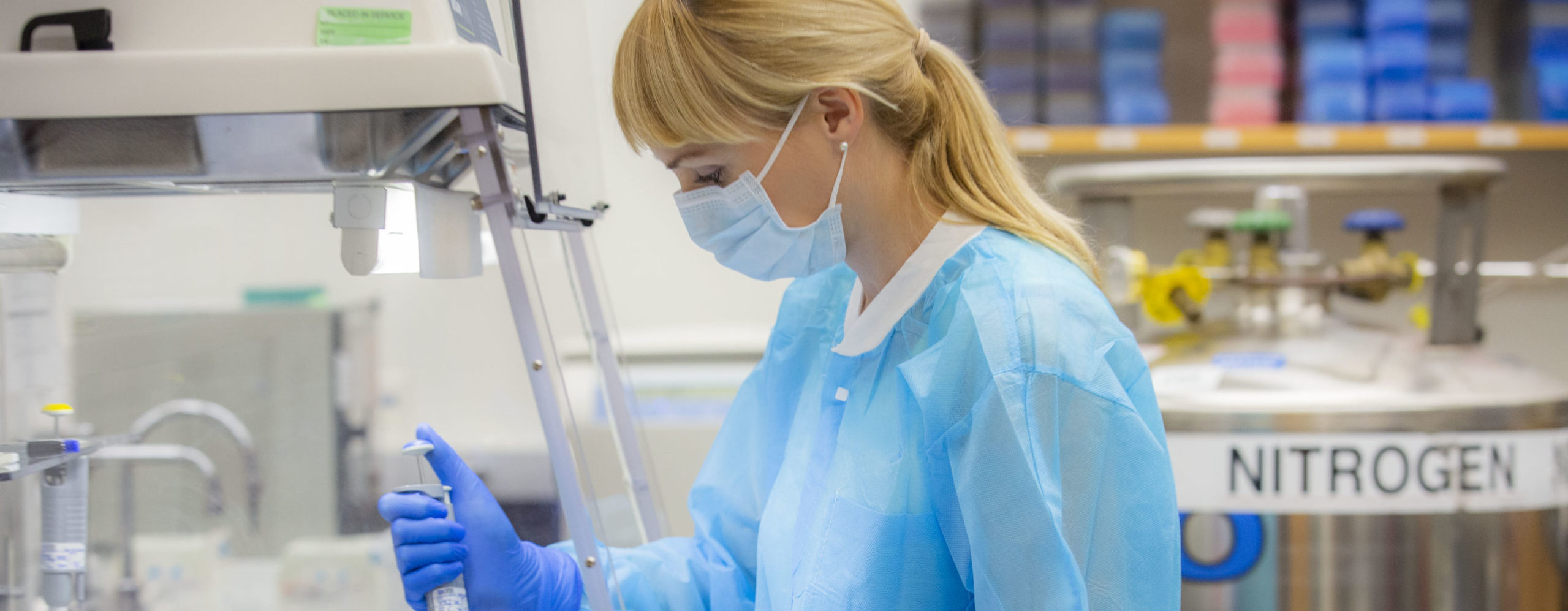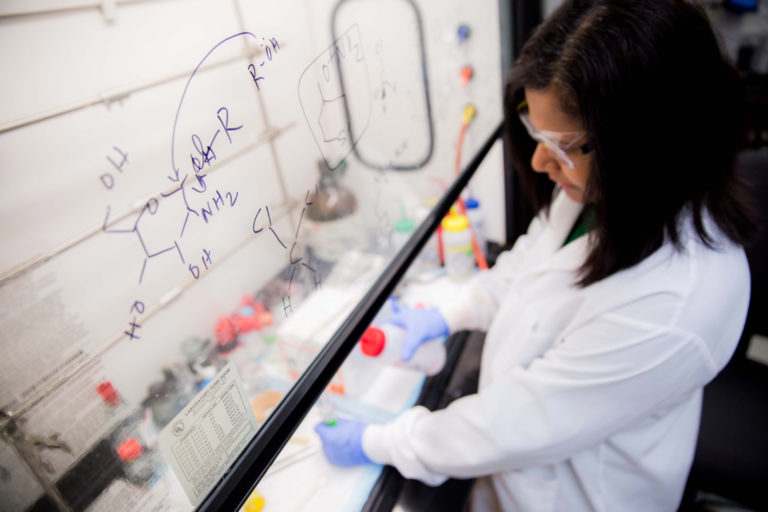Exploring the Science Behind Osteopathic Manipulation and Its Benefits
Osteopathic adjustment is increasing interest as a complementary approach to standard healthcare, giving revolutionary answers to many different bodily ailments. But what exactly is osteopathic adjustment, and so how exactly does it gain people? By combining hands-on practices and a holistic knowledge of your body, this form of treatment is rooted in equally technology and viewpoint, aiming to revive harmony and increase overall function. This blog explores the primary maxims of Osteopathic Manipulative Treatment and their scientifically-backed benefits.

What Is Osteopathic Treatment? Osteopathic Manipulative Treatment (OMT) is really a hands-on method employed by osteopathic physicians to identify, address, and prevent ailments or injuries. It's based on the concept that the body's programs are interconnected and that problems within one place can affect the entire body. By using techniques such as for example stretching, delicate force, and combined adjustment, osteopathic physicians work to improve your body's organic capability to heal itself. Far from being fully a new tendency, the exercise has a base in recognized science. Studies demonstrate that OMT can improve flexibility, reduce pain, and handle musculoskeletal issues. According to the National Center for Complementary and Integrative Wellness (NCCIH), around 11% of Americans with chronic pain record applying some form of osteopathic or information therapy. The Important Great things about Osteopathic Adjustment 1. Suffering Comfort One of the most acknowledged advantages of osteopathic treatment is their capacity to ease pain. Analysis numerous studies published in the Journal of the National Osteopathic Association found that OMT is specially efficient for spine pain. About 70% of patients skilled substantial suffering reduction following integrating osteopathic methods to their treatment plans. 2. Improved Freedom People with constrained freedom or mutual issues also benefit considerably from OMT. By lightly extending and adjusting your body, practitioners may increase joint mobility and overall functionality. This is specially substantial for individuals coping with incidents or surgeries. 3. Strain Reduction Osteopathic manipulations often interact the anxious system, selling peace and lowering pressure levels. Chronic strain in parts such as the shoulders or neck may be resolved through targeted manipulation, providing both physical and intellectual relief. 4. Frustration Management Studies suggest that specific kinds of problems, specially tension headaches, can be effectively managed with osteopathic techniques. By eliminating muscle anxiety and improving blood flow, practitioners reduce both the volume and depth of headaches. What Technology Says About OMT Although some might see holistic solutions skeptically, osteopathic manipulation has strong help in research. Like, a examine in Back journal reported that OMT decreased serious spine pain by almost 50% in most members within 12 weeks. Also, a clinical trial in the New England Journal of Medication outlined its success in lowering clinic stays and treatment reliance for patients with respiratory situations like pneumonia. These statistics show that OMT presents feasible medical benefits and matches traditional treatments. Its growing reputation talks to its efficacy and confidence among healthcare experts and individuals alike.

The Potential of Osteopathic Manipulation By having an increasing focus on integrative and individualized healthcare, osteopathic adjustment marks an essential step toward patient-centric treatment. Their scientifically-supported advantages mixed with its hands-on strategy allow it to be a functional selection for these seeking normal ways to control suffering, increase flexibility, and increase overall well-being. Continuous study will more date=june 2011 its price, starting doors for broader acceptance and program over the healthcare system. For the time being, the technology behind osteopathic adjustment proves that sometimes, therapeutic really is is likely to hands.